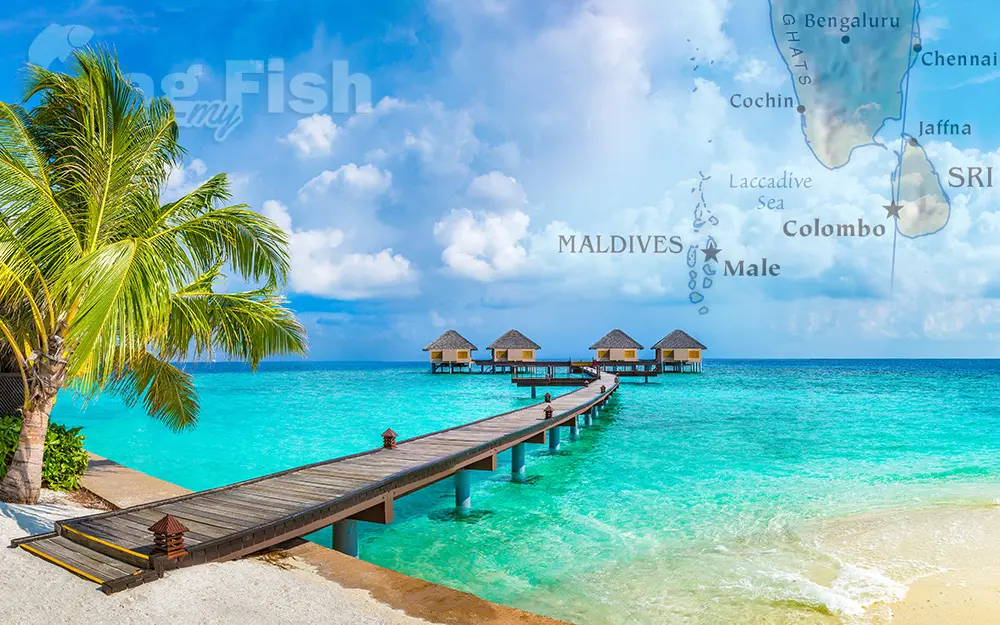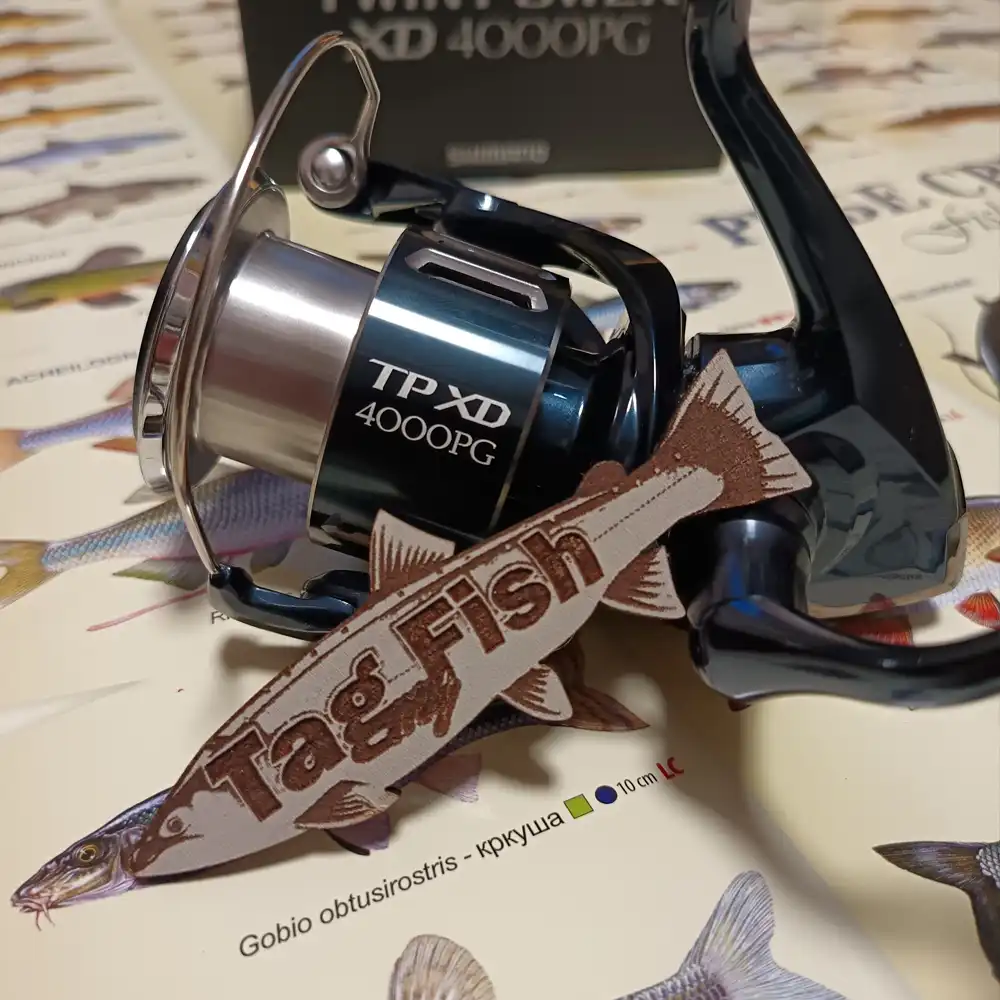Laccadive Sea

General data
- Name: Laccadive Sea
- Water system: Indian ocean
- Water type: Sae
- Progression: Indian ocean -> Planet Earth
- Climates: Tropical
- Continents: Asia
- Countries: India, Maldives, Sri Lanka
The Laccadive Sea or Lakshadweep Sea is a body of water bordering India (including its Lakshadweep islands), the Maldives, and Sri Lanka. It is located to the southwest of Karnataka, to the west of Kerala and to the south of Tamil Nadu. Mangaluru, Kasaragod, Kannur, Kozhikode, Ponnani, Kochi, Alappuzha, Kollam, Thiruvananthapuram, Tuticorin, Colombo, and Malé are the major cities on the shore of the Laccadive Sea. Kanyakumari, the southernmost tip of peninsular India, also borders this sea. Water temperature is rather constant through the year, averaging 26–28 °C in summer and 25 °C in winter. Salinity is 34‰ (parts per thousand) in the center and northern part and up to 35.5‰ in the south. The coasts are sandy but the deeper parts are covered in silt. There are numerous coral reefs in the sea, such as the Lakshadweep islands which are made up of atolls and contain 105 coral species. Fauna and human activities The Gulf of Mannar is known for its pearl banks of Pinctada radiata and Pinctada fucata for at least two thousand years. Pliny the Elder (23–79) praised the pearl fishery of the gulf as the most productive in the world. Although extraction of natural pearls is considered too expensive in most parts of the world, it is still conducted in the gulf. Also collected in large numbers are Shankha mollusks (Xancus pyrum) whose shells are used as a ritual and religious object. Other mollusks of the sea[9] are either too scarce or not popular in Indian society and therefore have no commercial value. Another traditional occupation in the Laccadive Sea is fishing. The annual fish catch is 2,000 to 5,000 tonnes from the Lakshadweep islands, which is mostly constituted by tuna (about 70%) and shark. Perches, halfbeaks, Carangidae, needlefish and rays are also caught near the reefs. Shrimp, Achelata and small fish, such as Sprattus, Pomacentridae and Apogonidae are widely used as a bait by the Laccadive islanders. With about 3,600 species of flora and fauna, the Gulf of Mannar is regarded as one of the richest marine biological resources in the world. Of these 3,600 species, 44 are protected, 117 are corals, 79 crustaceans, 108 sponges, 260 mollusks, 441 fin fishes, 147 seaweeds and 17 mangroves. In 1986, a group of 21 islands and nearby waters with a total area of 560 km2 were declared Gulf of Mannar Marine National Park. The park and its buffer zone were designated as a Biosphere Reserve in 1989. The Gulf of Mannar Biosphere Reserve covers an area of 10,500 km2 of ocean, islands and the adjoining coastline, and is the largest such reserve in India. Most of its area is restricted for outsiders and the access of boats is subject to strict rules, but local people continue fishing activities which they crucially depend on. About 150,000 people live in the buffer zone, and more than 70% of them depend on the coastal marine resources. There are about 125 fishing villages with 35,000 active fishers and 25,000 divers for sea cucumbers in the area, about 5,000 women collect seaweed. About 106,000 tonnes of fish were produced in the gulf in 2006, mostly oil sardines (Sardinella longiceps), lesser sardines (Sardinella spp.), ponyfish (Letognathus sp.), mackerel, penaeid shrimp, perches, squid (Sepioteuthis arctipinni), deep-sea lobster (Puerulus sewelli), crab (Varuna littorata), skates and rays. The seaweed collection aims at shallow-water species Gelidiella acerosa (marikozhundu passi), Gracilaria edulis (Agarophytes, Kanchi passi), Sargassum spp. (kattakorai), Turbinaria (Alginophyte, Pakoda passi) and Ulva lactuca, and is conducted between October and March. Because of National Park related restrictions, the production of seaweeds declined from 5,800 tonnes (dry weight) in 1978 to 3,250 tonnes in 2003.

 English
English
 Spanish
Spanish
 German
German
 French
French
 Serbian
Serbian
 Russian
Russian

